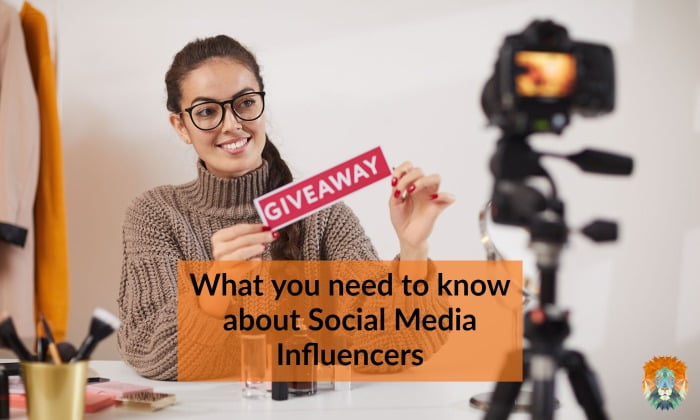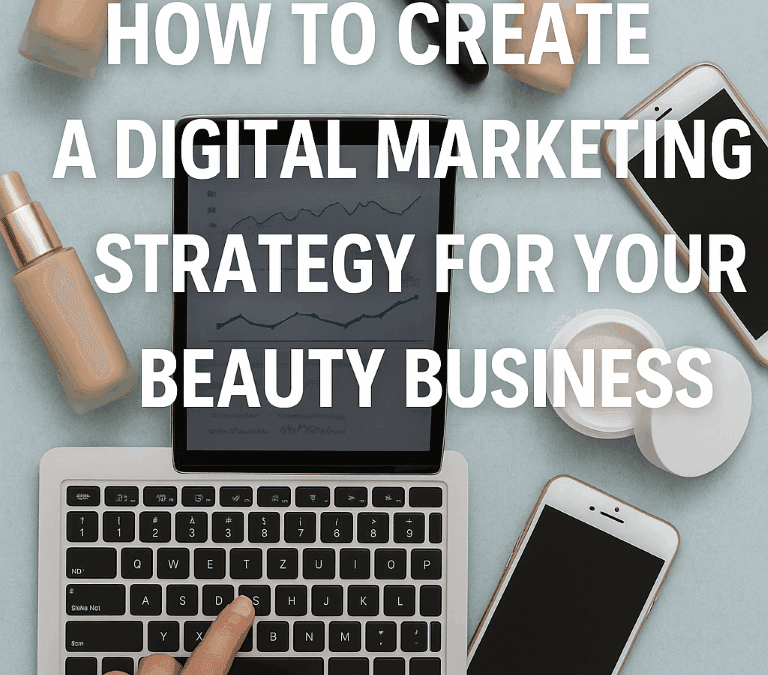What is an Influencer?
According to dictionary.com an influencer is “a person who has the power to influence many people, as through social media or traditional media”.
In this article, we’re going to discuss what a social media influencer is and how they can form a part of your marketing strategy.
What is a Social Media Influencer?
A social media influencer (SMI) is someone who has gained a reputation for their knowledge in a specific area. SMIs typically make regular posts on this specific topic and have a large number of followers that engage with their content and who are likely to engage with your brand’s content and products.
SMIs do not gain their influence from their association with a particular brand. They simply have an online persona other people trust and respect. Indeed, many SMIs do not use their influence for promotion.
In other words, they are influential first. SMIs are people who have influence. It is only in terms of marketing that they become recognised and relevant in promoting brands.
For example, a social influencer on Facebook will likely have many followers and may shape—to a degree—the attitudes of these followers. When the SMI discusses a particular subject/topic, it is to an audience who embrace what they’re talking about and how they’re communicating it.
An SMI’s influence spreads quickly through its social media channels. Whether it’s positive or negative, it rapidly affects the attitudes of their followers. This in turn affects their behaviour, which in an ideal marketing scenario, is the purchase of a product/service.
What makes a good Social Media Influencer?
SMIs a wide range of feelings and wants in consumers and strive to align with their concerns, needs and values. Authenticity is vital to build a true, honest relationship.
Marketers can utilise this influence to promote their brand, its products and services. Consumers can sniff out bull, so making sure you choose influencers that are truly reflective of what your target audience(s)’ value and want is key.
Relevancy
They occupy niche markets where they create content that is relevant to their audience(s).
Credibility
Their followers view the content they produce as having a high degree of credibility; they see the SMI as having some level of authority on the industry and subject.
Knowledgeability
The SMI has good knowledge of their niche topic. It’s not simply about appearing to be knowledgeable; they have proof of knowledge, e.g. they create content based on genuine research that’s correctly sourced and verified.
Reliability & Longevity
It takes time to become an SMI. Social media platforms are interactive and users are quick to discredit people who present false or subpar information. Negative feedback damages reputations. An SMI’s influence and reputation build the more they create quality content.
Authenticity
Most of us dislike advertising copy that masquerades as interesting content—we universally loathe clickbait titles. When the content appears manufactured and the underlying intent to sell something concealed, we don’t like it. It’s considered fake.
This highlights the importance of ensuring that your brand is good. Using social media influencers for an unreliable product will damage their and their product’s reputations. An impersonator posing as a genuine brand advocate, known as a shill, may have short-term success, but it can’t last.
How do you choose a Social Media Influencer?
Niche Markets
Just because someone has many followers, this doesn’t mean they have much influence. According to research conducted by Experticity, “micro-influencers” have higher conversion rates than general SMIs do.
The research study, which shows micro-influencers have more impact than average consumers, defines micro-influencers as social media users with a high degree of influence within niche markets. People with a high degree of influence within a small market generate greater conversion rates.
Choosing the highest-value SMIs who operate in your niche market and that are relevant to your brand is a top tactic for growing your presence.
Engagement
Holly Hamann explains that audience engagement is important when assessing the value of an SMI. Their content, including blogs, tweets, Facebook pages needs to show positive engagement and interaction from other users.
When approaching a SMI to promote your product, you could ask them for evidence of good engagement, such as Google Analytics statistics. You can also see for yourself how high their engagement is by looking at how many comments, likes and retweets they average.
Environment
Does the SMI exist in the same space as your target audience? For example, if your target audience is golfers in their 50-60s, and you know they enjoy and use Twitter, appealing to them on an alternative social media platform, like Snapchat, is not a good use of your resources. It doesn’t matter how influential the SMI is, if your target audience doesn’t occupy the same online space, they’re unlikely to be of value.
How do you find Social Media Influencers?
There are numerous ways of finding SMIs. Sometimes it requires being a little creative: you need to understand your target audience so that you can establish the sort of places they visit online and the type of people who influence them.
Valuable SMIs exist on the same social media platforms used by your target audience. Search relevant channels that relate to your brand. For example, if you’re selling a marketing service, you could visit r/marketing on Reddit and see if there are popular users that suit your brand. Alternatively, you could use the #marketing to find Twitter or Instagram SMIs.
Ask your own followers. If you have a social media presence, it’s possible to conduct market research on your own followers and ask them directly if there are people whose opinions they respect.
Google can help you locate SMIs relevant to your brand, search for bloggers and content producers who blog about related topics. You can even limit searches in relevant ways, like finding local bloggers if your product is location-dependent.
How to work with a Social Media Influencer?
Perhaps with the exception of charities, the only real way to engage an SMI is with some sort of compensation. They normally want to be paid directly, but some will accept product samples, freebies, or promotional discounts.
The higher their profile and the more influential they are, the more they will cost, but the rewards will be greater too.
All you need to do is contact them and ask them to promote your brand. You can then work together to do this in a way that is authentic, trustworthy and relevant. On Instagram you can directly message them, some even have a link in their bio that you can follow to get in touch with them for promotional opportunities.
How effective is influencer marketing for businesses?
In 2019, The Influencer Marketing Hub carried out a survey that found, on average, businesses get an influencer marketing return on investment (ROI) of 5x what they spent, with some businesses earning 20x their spend. Of course, it’s possible not to make any money at all but this was limited to the bottom 25% of those surveyed, with targeting the wrong audience a likely reason for lack of return.
Influencer marketing has been growing every year by at least 50%, since 2016, with up to $15 billion expected to be spent on influencer marketing by 2022.
Conclusion
Social media influencers are extremely beneficial from a marketing perspective and can provide a higher ROI than direct advertising. They can help promote your brand and convert sales. However, it’s important to understand the characteristics of successful influencers, to recognise their value for your specific brand, and to identify the online places where you are most likely to find them and maximise their value.





0 Comments